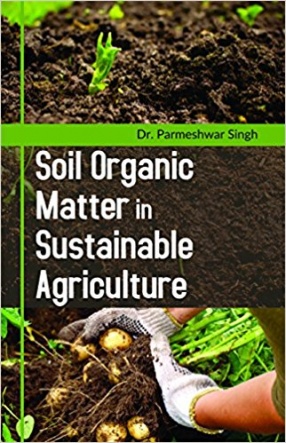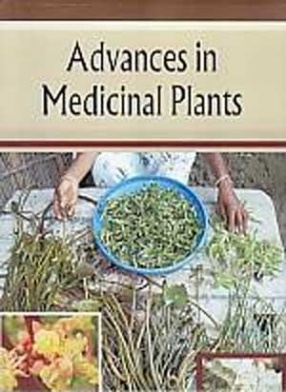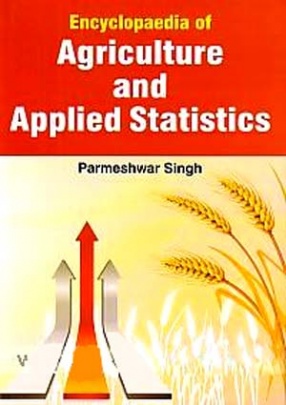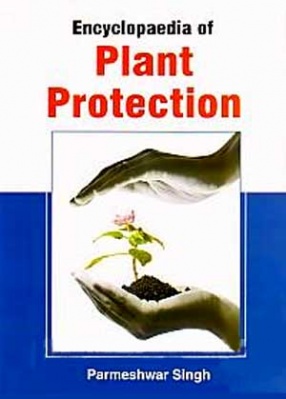Soil Organic Matter in Sustainable Agriculture
Organic matter is a reservoir of nutrients that can be released to the soil. Each percent of organic matter in the soil releases 20 to 30 pounds of nitrogen, 4.5 to 6.6 pounds of P2O5, and 2 to 3 pounds of sulfur per year. The nutrient release occurs predominantly in the spring and summer, so summer crops benefit more from organic-matter mineralization than winter crops. Organic matter behaves somewhat like a sponge, with the ability to absorb and hold up to 90 percent of its weight in water. A great advantage of the water-holding capacity of organic matter is that the matter will release most of the water that it absorbs to plants. In contrast, clay holds great quantities of water, but much of it is unavailable to plants. Organic matter causes soil to clump and form soil aggregates, which improves soil structure. With better soil structure, permeability (infiltration of water through the soil) improves, in turn improving the soil’s ability to take up and hold water. This book provides the essential scientific background and poses the challenging questions that students need to better understand SOM and develop improved soil and crop management systems. Students in agronomy, horticulture, and soil science will find this textbook valuable for using SOM management in the prevention of chemical, biological and physical problems.
Get it now and save 10%
BECOME A MEMBER











Bibliographic information